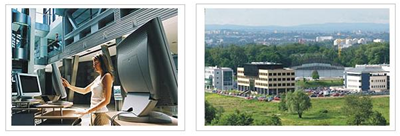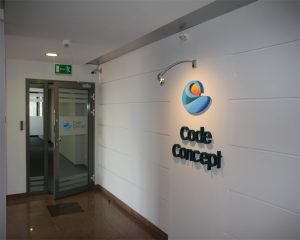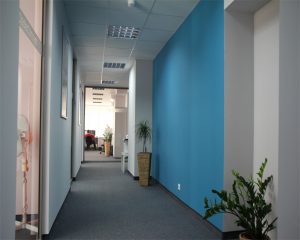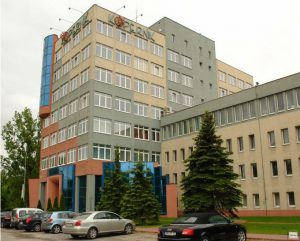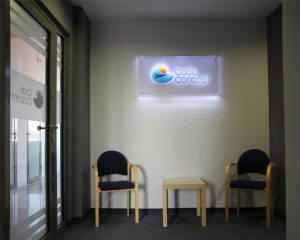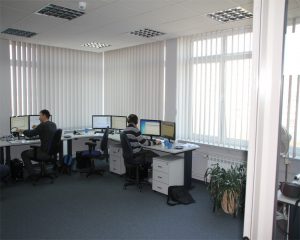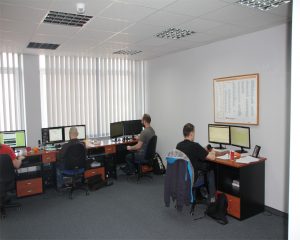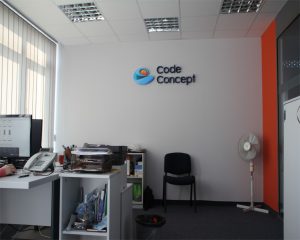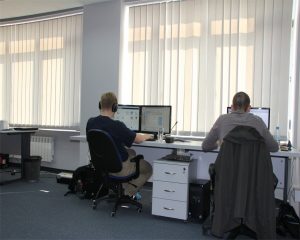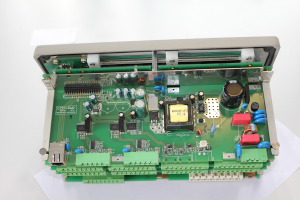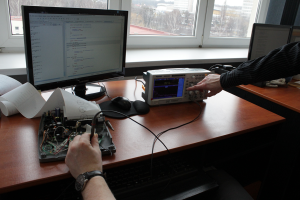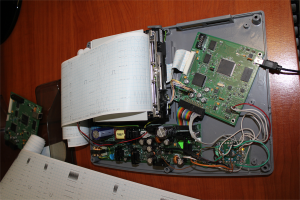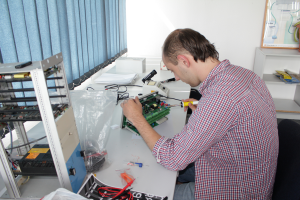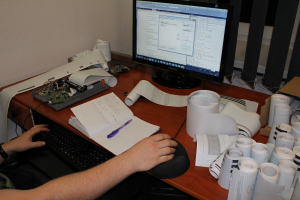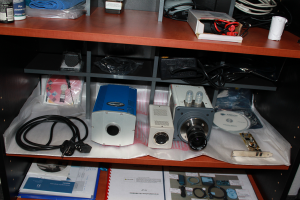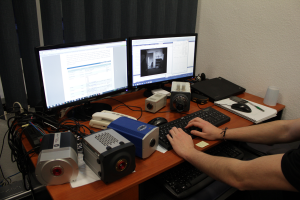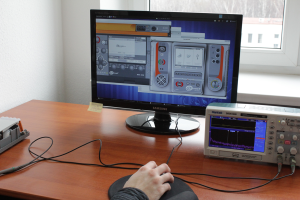
According to DiS, over 200 centres in Poland are currently providing services which are based on advanced information technologies, with no less than 71 specializing in IT. Nearly 20 centres deal with research and development activities in both IT and more traditional fields, like machinery industry or electronics. Over a half of IT centres focus on data processing, other works on software development.
Academic and technological background
A factor that is conducive to investing in Poland is a great number of technical universities graduates and scientists, as well as a multitude of research and development centres (about 200), Polish Academy of Science centres (about 80), and academic institutions (about 130). Another plus is a growing number of technology parks, located near major academic centres. There are 34 establishments of this kind in Poland now, their main role being to effectively put into business practice the effects of scientific and research and development work.
Parks in Silesia:
Silesian Advanced Technologies Centre, comprising over 20 institutions which provide research background, (7 universities, 5 science institutes, several R and D centres), coordinated by the Polytechnic of Silesia.
Technopark Gliwice that established with a view to intensifying the transfer of technologies from the Polytechnic if Silesia and Silesian R&Ds to the MSP. It is an important element in the network of the effective technology commercialization in the Silesia. The network was created in cooperation with Europe’s major innovation centres, i.e. Aachen (Germany), Leuwen (Belgium), and WDE (Wales).
Intellectual capital
Poland’s population accounts for more than a half of EU new member states.
Poland also boasts high education standards which result in outstanding scientific achievements. It is Polish scientists who discovered the first extra-solar planetary system, worked out the blue laser technology production, created the method of producing the world’s smallest synthetic diamonds.
Yet, what perhaps best attests to the quality of Polish scientific and technological capacity is the biggest multinational corporations placing their R&D centres here. Polish IT specialists are in great demand among multinationals both here and abroad, and account for a large proportion of managers in charge of research and development departments with the world’s biggest corporations.
Poland’s potential is, above all:
20 million young, educated people with a good command of foreign languages
It goes without saying that Polish students have a sound knowledge of languages, with over a half of them speaking English well enough, at the least, and the majority knowing the basics. The second foreign language most spoken by Polish students is German, followed by Russian, French, and Spanish.
50% of the population is under 35
Over 2 million people are being university educated
Poland means two million students. Near half the population of 19- to 24-year-old is studying at universities, an index which is continuously growing. If, in 2003, 366 thousand young people graduated, in 2006 it was 394 thousand. Interestingly, more and more graduates are going on to do Doctors Degree, in 2006 the number reaching 35 thousand. Bearing in mind Poland’s large size, one cannot wonder it comes first in the region in the number of university students.
448 establishments providing university education.
Poland’s main academic centres are Krakow, Warsaw, the Silesia, Wroclaw, Poznan, Gdansk, Lodz, and Opole.
Loyal and hardworking people
CodeConcept office
Internet
We have two independent lines 100Mb each, allowing video conferencing, desktop sharing etc. Telephone line – regular European standard, allowing to carry the teleconferences. Each engineer workstation is equipped with two LCDs, extra notebook or any necessary devices to work on the particular project.
Office
We are working in one of the biggest office buildings in Gliwice, all facilities included (also air conditioning in the whole office). Our office consists of 6 rooms (~200 m2) of different size and there are 2 up to 6 people working in one room, there is also a separate conference room and a small coffee room where you can get a cup of great coffee.
Lab (measurement devices, …)
Our laboratory is equipped with the scope, multimeters, soldering tools, programmers and hardware debuggers for most commonly used micro controllers and DSP. If necessary we use also artificial ear, logic analyzer and sniffers (RS232, RS485, USB).


